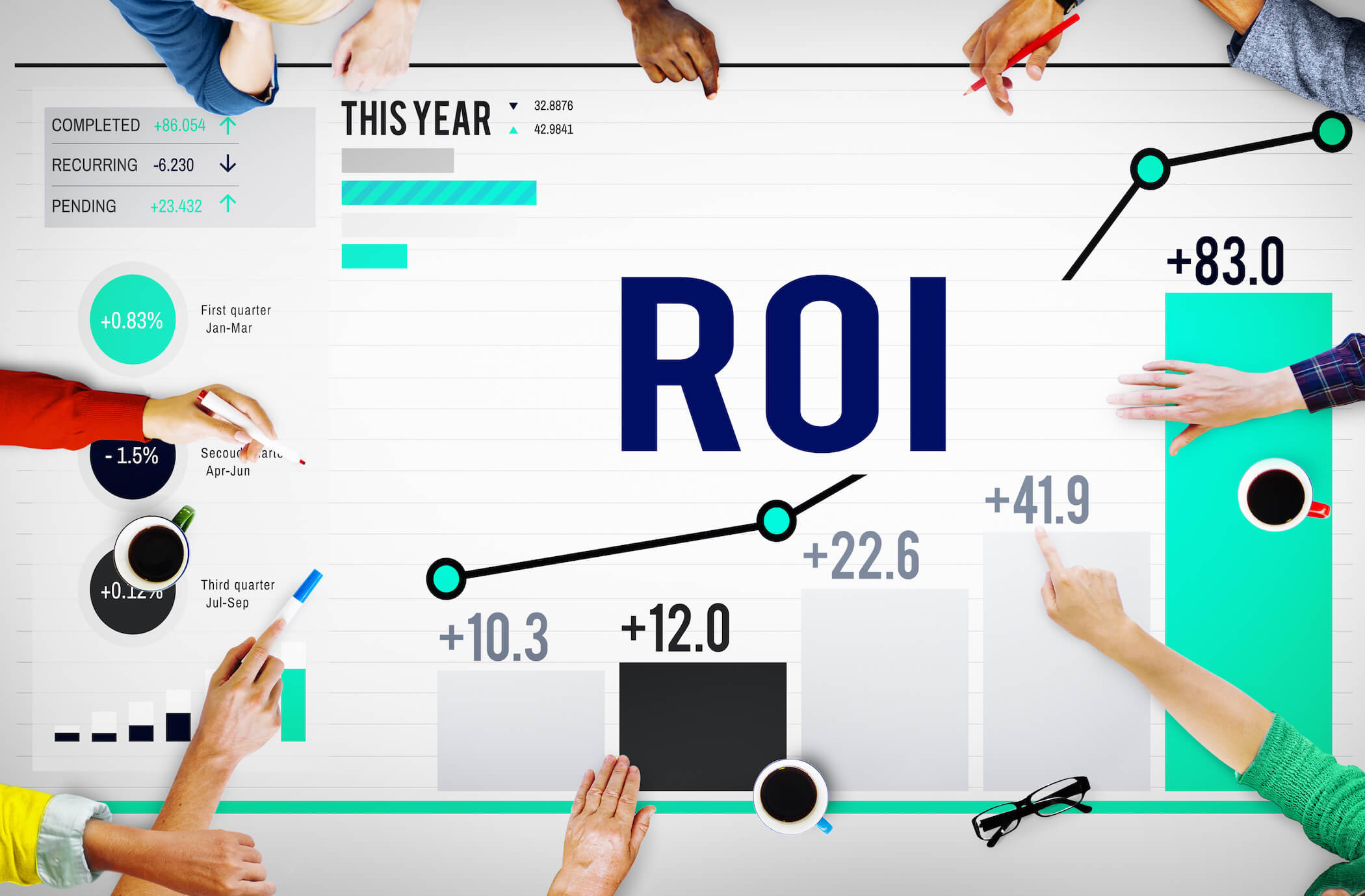By Felicia Nwosu
A recent report from Advertiser Perceptions and Claravine reveals that advertisers project a 33% increase in ROI by adopting comprehensive data standards strategies. This optimistic outlook is tempered by a lingering lack of confidence, with fewer than half of advertisers feeling assured in their current practices.
The “State of Marketing Data Standards in 2024” report shows that while the majority of advertisers recognize the importance of data standards in maintaining a competitive edge, many still struggle with its implementation.
Marketing Dive in its report stated that the “State of Marketing Data Standards in 2024” report was based on responses from 141 U.S. marketing and agency executives, with 70% representing marketers and 30% from agencies. It mentioned that the findings suggest that while data standards are viewed as a critical part of the future marketing landscape, more work is needed to build confidence and streamline practices.
According to the findings, 86% of advertisers agree that establishing data standards is essential for staying competitive in the market, indicating that, only 46% feel “very confident” in the efficacy of their strategies, a figure that remains largely unchanged from similar research conducted in 2023.It confirmed that this lack of confidence comes despite the clear benefits advertisers associate with these practices, particularly in areas like privacy compliance, brand safety, and campaign performance.
The report showed that advertisers believe that by refining data standards, they can enhance ROI across key areas, including privacy compliance and brand safety, which have each seen an increase in projected ROI by more than five percentage points over the past year.
It also notes that advertisers are seeing faster returns from these strategies, but the growing complexity of digital platforms and the diminishing availability of identifiers, like mobile ad IDs, are complicating efforts to measure campaign effectiveness.
Lauren Fisher, general manager of Business Intelligence at Advertiser Perceptions, highlighted the challenges posed by the continued reliance on outdated tools like Excel for tracking data. “The increase in Excel usage leaves companies more vulnerable to difficulties in managing data standards, brand safety, and privacy,” Fisher stated, underscoring the need for more streamlined and integrated solutions.
The report in its analysis also said that generative AI, now being used by two-fifths of advertisers for ad creation, is further adding to the complexity. While half of advertisers are considering the use of AI in their campaigns, only 26% feel confident in their ability to properly tag and track AI-generated assets. It asserted that this lack of control raises concerns about misplacement of ads and brand safety across different platforms.
Agencies, which play a crucial role in executing data standards, seem to be facing even greater concerns than marketers. The report highlights that 84% of agency executives, compared to 71% of marketers, are worried about job security if they fail to demonstrate ROI or Return on Ad Spend (ROAS). Agencies were also more likely to rely on manual data management processes, such as using Excel spreadsheets to compile audience segments and track creative assets, creating potential risks for data privacy breaches and improper tracking.
The report emphasizes the importance of agencies and marketers developing a unified approach to data standards. A shared taxonomy for data tagging, formatting, and permissions could help ensure consistency and minimize risks. “Streamlining data sharing between brands and agencies enhances the confidence in their partnership and leads to stronger overall performance,” the report states.
With both parties aligned on data practices, from media placement to executive strategy, advertisers and agencies can achieve clearer insights into ROI and overall value, regardless of the complexity of the calculation.







Comment
No comments found.